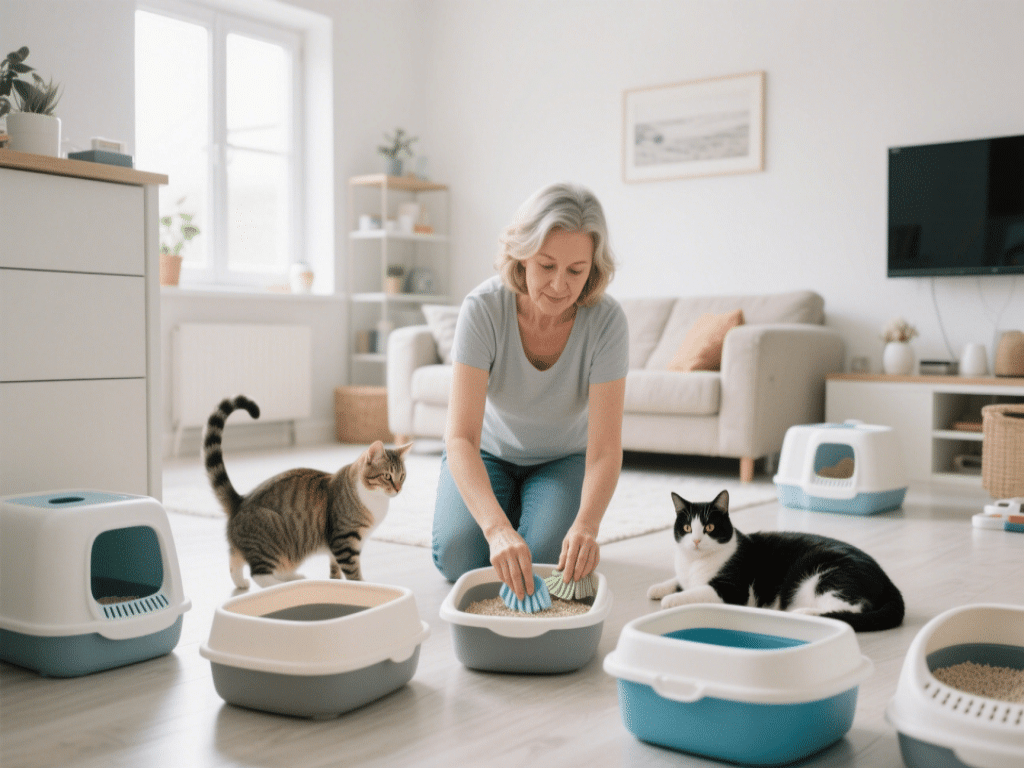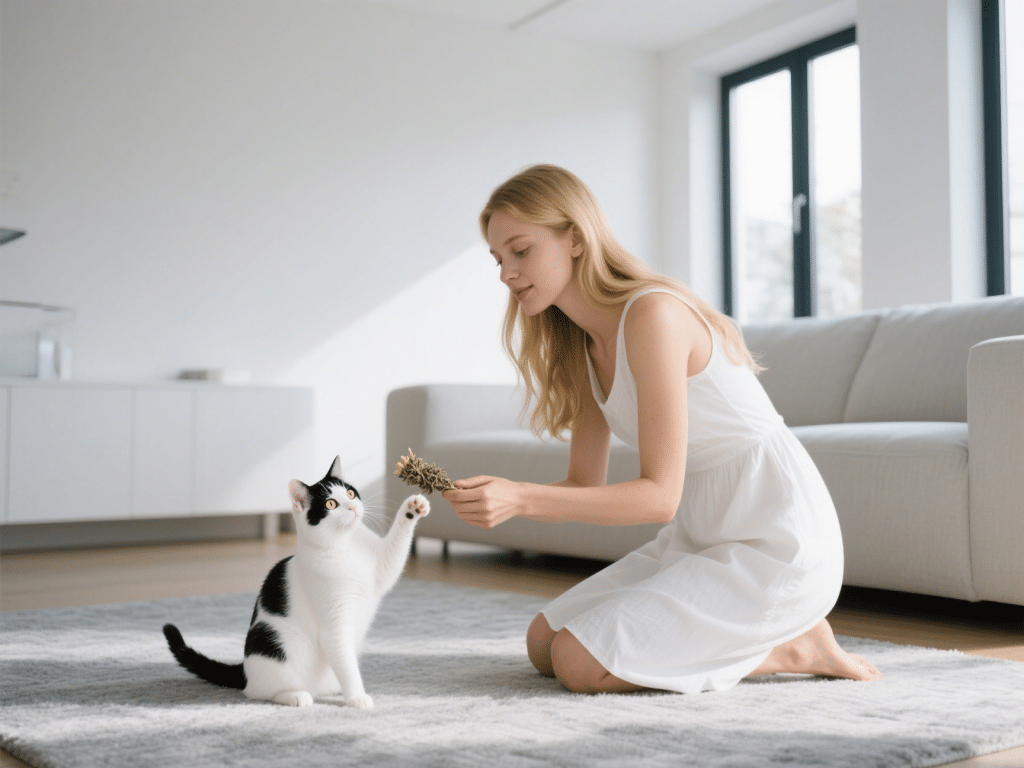Introduction
Selecting the right litter box is crucial for maintaining your indoor cat’s health, comfort, and litter habits. A poorly chosen box can lead to accidents, stress, and litter aversion. This guide will help you evaluate important factors—size, style, material, and placement—ensuring a happy cat and an odor-free home.
Key Factors to Consider
1. Size and Depth
General Rule: The litter box should be at least 1.5 times the length of your cat (from nose to tail base).
Kitten vs. Adult: Kittens need shallow boxes (2–3 inches deep) to easily enter and exit. As they grow, transition to deeper boxes (4–6 inches) to accommodate larger paws.
Senior Cats: Choose a box with lower entry walls (2–3 inches) to ease joint strain.
2. Open vs. Covered Boxes
Open Boxes:
Pros: Better air circulation, easier to monitor cleanliness, and less likely to trap odors.
Cons: Less privacy for shy cats, and more litter scatter.
Covered (Hooded) Boxes:
Pros: Provides privacy, helps contain odors and litter scatter.
Cons: Can trap odors inside, making it unpleasant for sensitive cats. Hood can also restrict airflow.
Recommendation: Observe your cat’s behavior. If they prefer privacy, a semi-enclosed box (without a full hood) might be best.
3. Material and Durability
Plastic Boxes:
Affordable, lightweight, and easy to clean.
Choose boxes made from durable, odor-resistant plastic. Avoid materials that stain or retain odors.
Stainless Steel or Ceramic:
Highly durable and resistant to odors and bacteria.
Tend to be heavier and more expensive; may crack if dropped.
4. Litter Type Compatibility
Clumping Clay: Popular for ease of scooping but can be dusty. Ensure your chosen box can accommodate the depth required (typically 3–4 inches).
Crystal Litter: Low-tracking and highly absorbent; works well in deeper boxes.
Natural or Corn-Based Litters: Eco-friendly but may require more frequent changes.
Tip: If transitioning litters, introduce gradually by mixing old and new litter to avoid litter box avoidance.
Special Features to Look For
High Walls or Splash Guards: Prevents litter kick-out, especially for energetic diggers or puppies learning to use a litter box.
Self-Cleaning Mechanism: Automatic scooping boxes can save time but require electricity and periodic maintenance. Ensure you have space for them.
Non-Slip Bottom: Keeps box stationary; helpful if your cat scratches vigorously.
Removable Rim or Lid: Simplifies litter disposal and thorough cleaning.
Placement Strategies
Quiet, Low-Traffic Area: Cats prefer privacy; avoid placing boxes near loud appliances (washers, dryers) or high-traffic corridors.
Easy Accessibility: Ensure box is on a level surface and not tucked behind obstacles. Senior cats or those with mobility issues need clear paths.
Multiple Boxes:
Rule of Thumb: Provide one box per cat, plus one extra. In a two-cat household, have three boxes placed in different locations.
Separate Floors/Rooms: Reduces territorial disputes and ensures access if one box is blocked.
Maintenance and Cleaning Tips
Scoop Daily: Remove solid waste and clumps every day to maintain hygiene and encourage consistent use.
Full Litter Change: Replace all litter and clean the box with mild detergent every 1–2 weeks. Avoid harsh chemicals like bleach, which can deter cats.
Monitor for Issues: Watch for signs of urinary tract issues (frequent urination, blood in urine) or litter aversion (going outside box). Consult a veterinarian if concerns arise.
Conclusion
Choosing the right litter box involves balancing your cat’s comfort, your cleaning preferences, and household constraints. By considering size, style, material, and placement, you can select a litter box that promotes healthy bathroom habits and a happy indoor environment. Regular maintenance and observation ensure your cat continues to use the box confidently and consistently.










Comments on " How to Choose the Right Litter Box for Your Indoor Cat" :